
MySQL GROUP_CONCAT with Limit
November 10, 2023
MySQL's GROUP_CONCAT function concatenates values from a group into a single string. However, managing the number of concatenated items is essential, especially when dealing with large datasets. This guide explains how to use GROUP_CONCAT with a limit, enabling more controlled and efficient data aggregation.
Understanding GROUP_CONCAT
GROUP_CONCAT aggregates string data from multiple rows into a single string. It's often used with GROUP BY to concatenate values belonging to the same group.
SELECT category, GROUP_CONCAT(product_name) FROM products GROUP BY category;
Applying Limit in GROUP_CONCAT
To limit the number of items concatenated, use the LIMIT clause within the SUBSTRING_INDEX function.
SELECT category, GROUP_CONCAT(SUBSTRING_INDEX(product_name, ',', 5)) FROM products GROUP BY category;
Custom Separator in GROUP_CONCAT
Besides limiting items, GROUP_CONCAT allows defining a custom separator using the SEPARATOR keyword.
SELECT category, GROUP_CONCAT(product_name SEPARATOR '; ') FROM products GROUP BY category;
Handling NULL Values
GROUP_CONCAT ignores NULL values by default. To include them, use IFNULL or COALESCE.
SELECT category, GROUP_CONCAT(IFNULL(product_name, 'No Name')) FROM products GROUP BY category;
You could ship faster.
Imagine the time you'd save if you never had to build another internal tool, write a SQL report, or manage another admin panel again. Basedash is built by internal tool builders, for internal tool builders. Our mission is to change the way developers work, so you can focus on building your product.
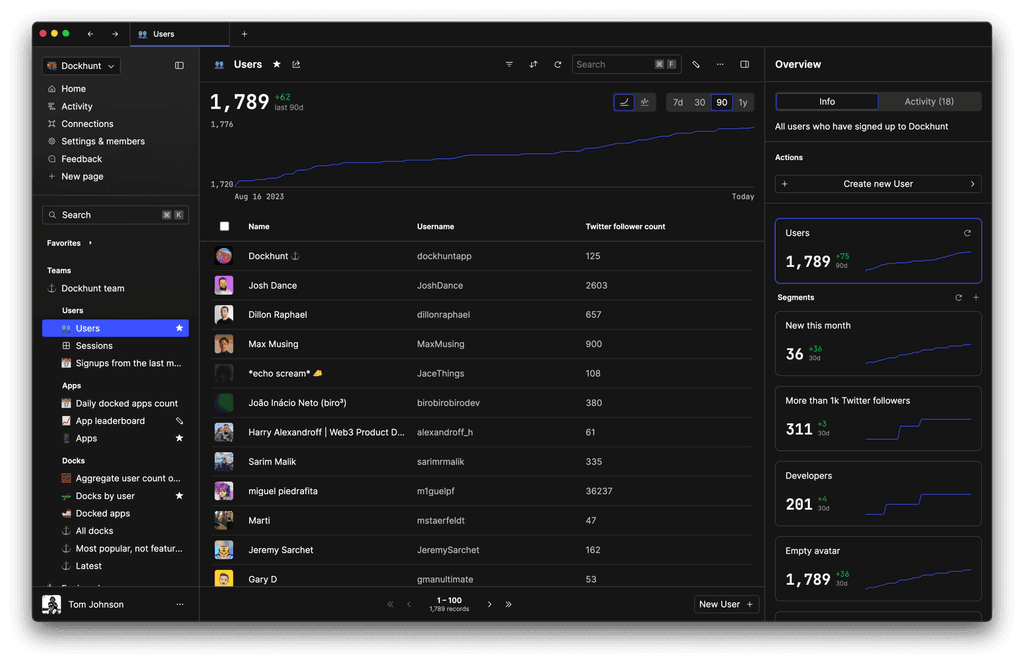
Ordering Elements Within GROUP_CONCAT
Order elements inside GROUP_CONCAT using the ORDER BY clause for finer control over the concatenated string.
SELECT category, GROUP_CONCAT(product_name ORDER BY product_name) FROM products GROUP BY category;
Performance Considerations
GROUP_CONCAT has a default length limit. To change it, adjust the group_concat_max_len system variable.
SET SESSION group_concat_max_len = 10000;
Use Case: Limiting Concatenated Items for Readability
In scenarios where readability is crucial, limiting the number of concatenated items prevents overly long strings.
SELECT category, GROUP_CONCAT(SUBSTRING_INDEX(product_name, ',', 3)) FROM products GROUP BY category;
Summary
This guide covered how to use MySQL's GROUP_CONCAT function with a limit to create more efficient and manageable queries. Understanding these techniques is crucial for optimizing SQL queries and handling large datasets effectively.
TOC
November 10, 2023
MySQL's GROUP_CONCAT function concatenates values from a group into a single string. However, managing the number of concatenated items is essential, especially when dealing with large datasets. This guide explains how to use GROUP_CONCAT with a limit, enabling more controlled and efficient data aggregation.
Understanding GROUP_CONCAT
GROUP_CONCAT aggregates string data from multiple rows into a single string. It's often used with GROUP BY to concatenate values belonging to the same group.
SELECT category, GROUP_CONCAT(product_name) FROM products GROUP BY category;
Applying Limit in GROUP_CONCAT
To limit the number of items concatenated, use the LIMIT clause within the SUBSTRING_INDEX function.
SELECT category, GROUP_CONCAT(SUBSTRING_INDEX(product_name, ',', 5)) FROM products GROUP BY category;
Custom Separator in GROUP_CONCAT
Besides limiting items, GROUP_CONCAT allows defining a custom separator using the SEPARATOR keyword.
SELECT category, GROUP_CONCAT(product_name SEPARATOR '; ') FROM products GROUP BY category;
Handling NULL Values
GROUP_CONCAT ignores NULL values by default. To include them, use IFNULL or COALESCE.
SELECT category, GROUP_CONCAT(IFNULL(product_name, 'No Name')) FROM products GROUP BY category;
You could ship faster.
Imagine the time you'd save if you never had to build another internal tool, write a SQL report, or manage another admin panel again. Basedash is built by internal tool builders, for internal tool builders. Our mission is to change the way developers work, so you can focus on building your product.

Ordering Elements Within GROUP_CONCAT
Order elements inside GROUP_CONCAT using the ORDER BY clause for finer control over the concatenated string.
SELECT category, GROUP_CONCAT(product_name ORDER BY product_name) FROM products GROUP BY category;
Performance Considerations
GROUP_CONCAT has a default length limit. To change it, adjust the group_concat_max_len system variable.
SET SESSION group_concat_max_len = 10000;
Use Case: Limiting Concatenated Items for Readability
In scenarios where readability is crucial, limiting the number of concatenated items prevents overly long strings.
SELECT category, GROUP_CONCAT(SUBSTRING_INDEX(product_name, ',', 3)) FROM products GROUP BY category;
Summary
This guide covered how to use MySQL's GROUP_CONCAT function with a limit to create more efficient and manageable queries. Understanding these techniques is crucial for optimizing SQL queries and handling large datasets effectively.
November 10, 2023
MySQL's GROUP_CONCAT function concatenates values from a group into a single string. However, managing the number of concatenated items is essential, especially when dealing with large datasets. This guide explains how to use GROUP_CONCAT with a limit, enabling more controlled and efficient data aggregation.
Understanding GROUP_CONCAT
GROUP_CONCAT aggregates string data from multiple rows into a single string. It's often used with GROUP BY to concatenate values belonging to the same group.
SELECT category, GROUP_CONCAT(product_name) FROM products GROUP BY category;
Applying Limit in GROUP_CONCAT
To limit the number of items concatenated, use the LIMIT clause within the SUBSTRING_INDEX function.
SELECT category, GROUP_CONCAT(SUBSTRING_INDEX(product_name, ',', 5)) FROM products GROUP BY category;
Custom Separator in GROUP_CONCAT
Besides limiting items, GROUP_CONCAT allows defining a custom separator using the SEPARATOR keyword.
SELECT category, GROUP_CONCAT(product_name SEPARATOR '; ') FROM products GROUP BY category;
Handling NULL Values
GROUP_CONCAT ignores NULL values by default. To include them, use IFNULL or COALESCE.
SELECT category, GROUP_CONCAT(IFNULL(product_name, 'No Name')) FROM products GROUP BY category;
You could ship faster.
Imagine the time you'd save if you never had to build another internal tool, write a SQL report, or manage another admin panel again. Basedash is built by internal tool builders, for internal tool builders. Our mission is to change the way developers work, so you can focus on building your product.

Ordering Elements Within GROUP_CONCAT
Order elements inside GROUP_CONCAT using the ORDER BY clause for finer control over the concatenated string.
SELECT category, GROUP_CONCAT(product_name ORDER BY product_name) FROM products GROUP BY category;
Performance Considerations
GROUP_CONCAT has a default length limit. To change it, adjust the group_concat_max_len system variable.
SET SESSION group_concat_max_len = 10000;
Use Case: Limiting Concatenated Items for Readability
In scenarios where readability is crucial, limiting the number of concatenated items prevents overly long strings.
SELECT category, GROUP_CONCAT(SUBSTRING_INDEX(product_name, ',', 3)) FROM products GROUP BY category;
Summary
This guide covered how to use MySQL's GROUP_CONCAT function with a limit to create more efficient and manageable queries. Understanding these techniques is crucial for optimizing SQL queries and handling large datasets effectively.
What is Basedash?
What is Basedash?
What is Basedash?
Basedash is the best MySQL admin panel
Basedash is the best MySQL admin panel
Basedash is the best MySQL admin panel
If you're building with MySQL, you need Basedash. It gives you an instantly generated admin panel to understand, query, build dashboards, edit, and share access to your data.
If you're building with MySQL, you need Basedash. It gives you an instantly generated admin panel to understand, query, build dashboards, edit, and share access to your data.
If you're building with MySQL, you need Basedash. It gives you an instantly generated admin panel to understand, query, build dashboards, edit, and share access to your data.
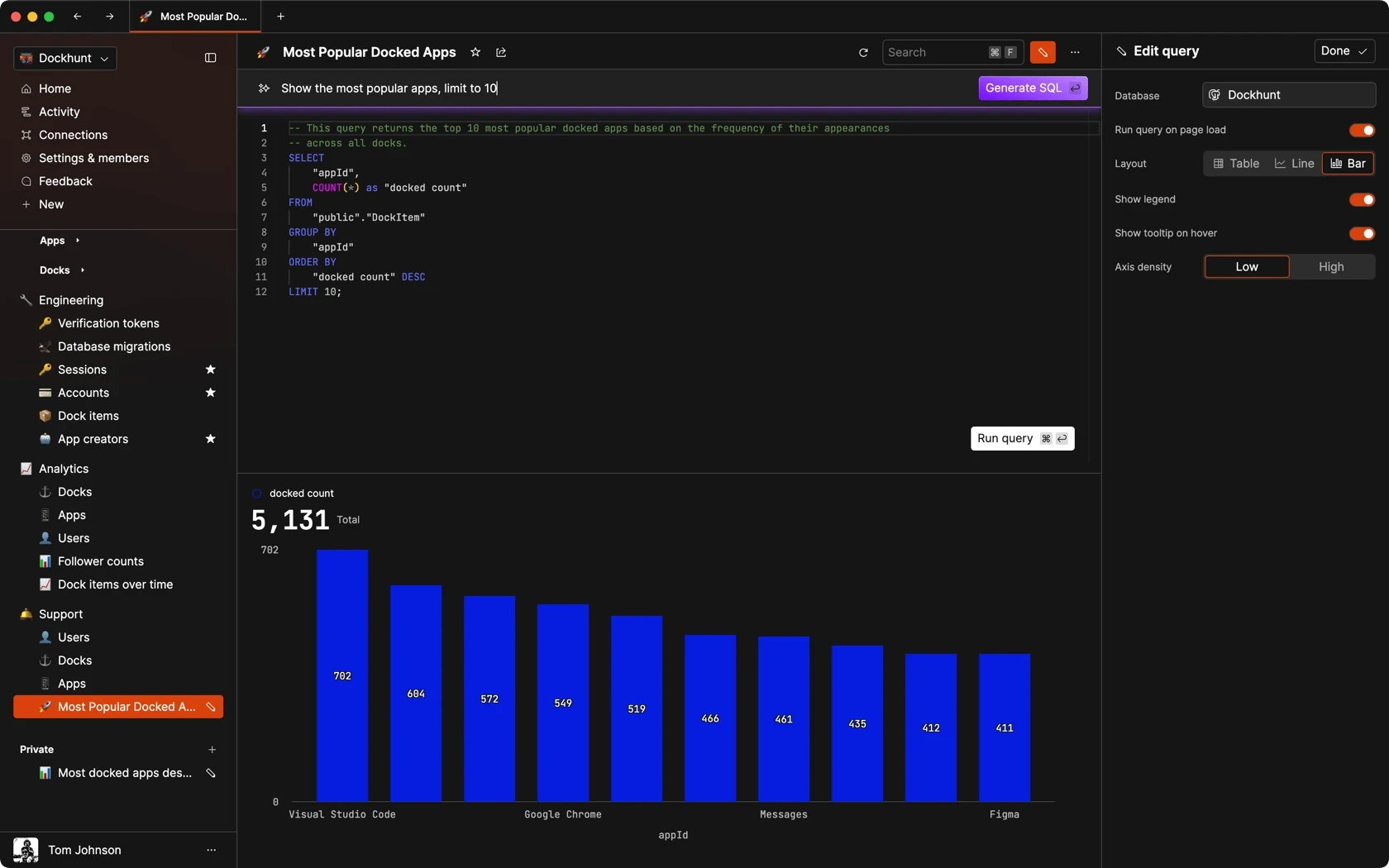
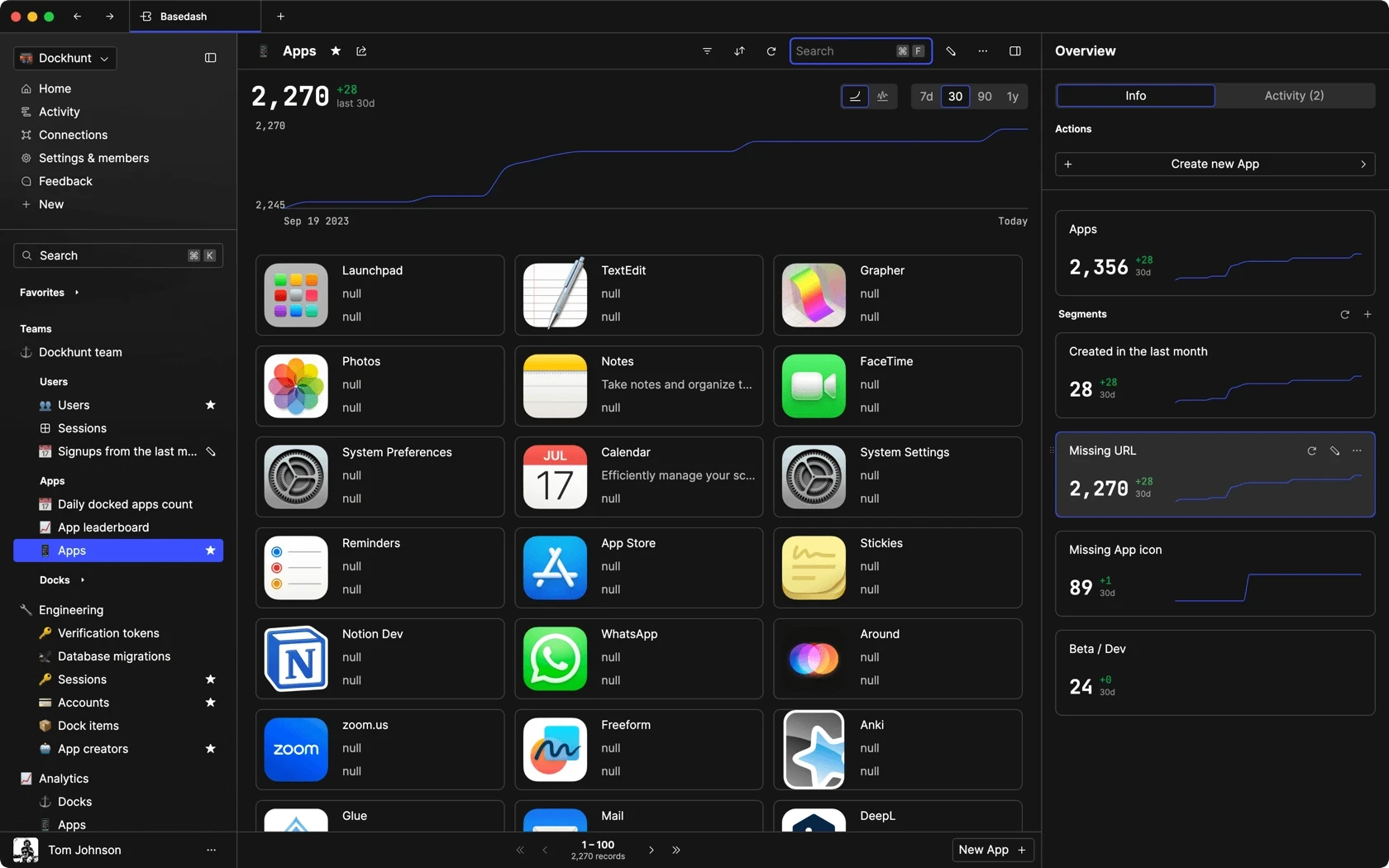

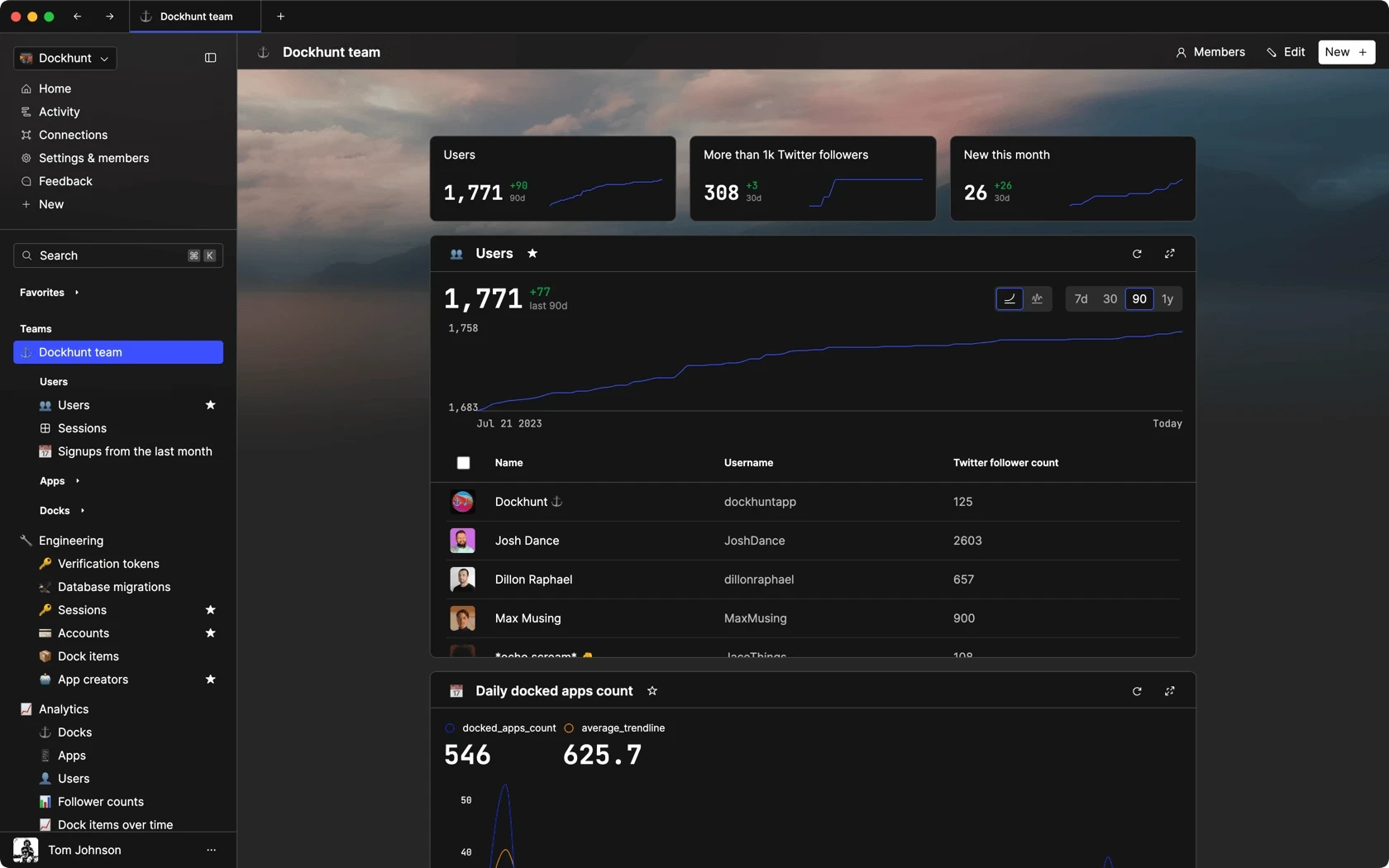
Dashboards and charts
Edit data, create records, oversee how your product is running without the need to build or manage custom software.
USER CRM
ADMIN PANEL
SQL COMPOSER WITH AI
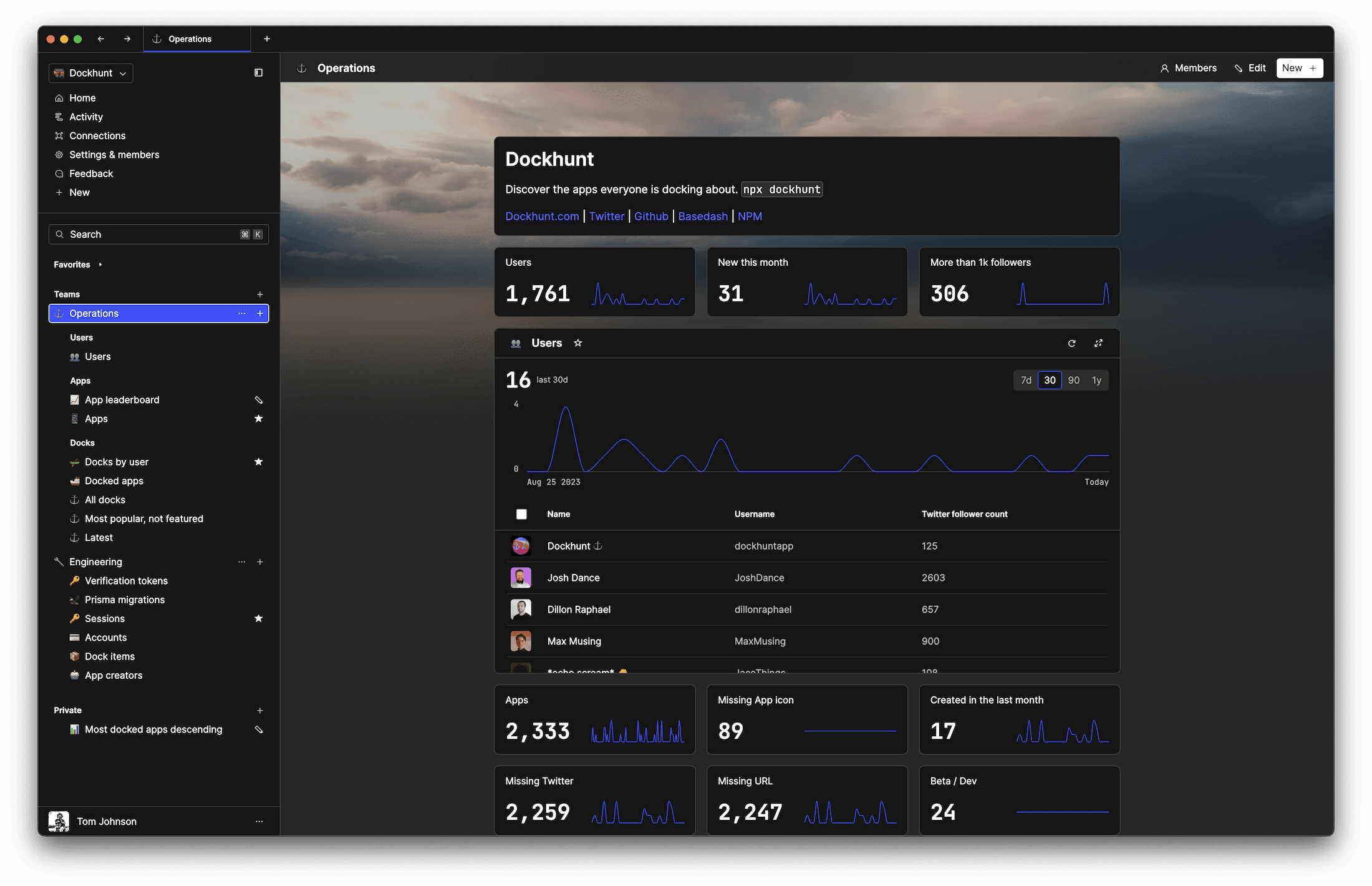
Related posts
Related posts
Related posts



How to Add Columns to MySQL Tables with ALTER TABLE
Robert Cooper



How to Add Columns to Your MySQL Table
Max Musing



Pivot Tables in MySQL
Robert Cooper



How to Rename a Table in MySQL
Max Musing



How to Optimize MySQL Tables for Better Performance
Robert Cooper



How to Display MySQL Table Schema: A Guide
Jeremy Sarchet
